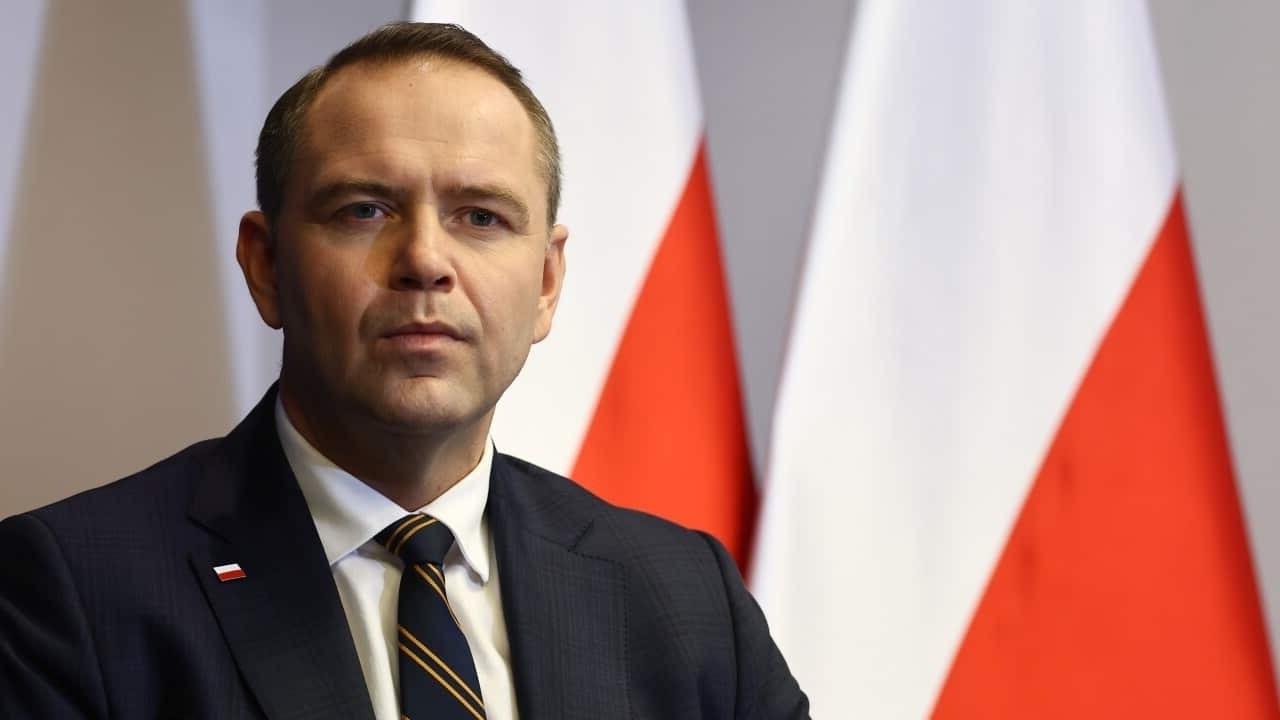
Poland's elections are a significant event, shaping the country's future. Did you know that Poland has a unique voting system combining proportional representation with a two-round system for presidential elections? This means voters have a direct say in who leads them. Polish elections also feature a high voter turnout, often exceeding 60%, reflecting the population's strong engagement in democracy. The Sejm, Poland's lower house of parliament, consists of 460 members elected every four years. Additionally, the Polish Senate has 100 members, also elected every four years. Understanding these facts helps grasp the importance of each vote in Poland's political landscape.
Polish Election History
Poland's elections have a rich history, reflecting the country's dynamic political landscape. Here are some fascinating facts about Polish elections that might surprise you.
-
Poland's first democratic election after World War II took place in 1989. This election marked the end of communist rule and the beginning of a new democratic era.
-
The Polish Sejm, or lower house of parliament, has 460 members. These members are elected every four years using a proportional representation system.
-
Poland's Senate, the upper house, consists of 100 members. Senators are elected through a first-past-the-post system, where the candidate with the most votes in each constituency wins.
Voting Rights and Participation
Understanding who can vote and how they participate is crucial in any election. Poland has some unique aspects in this regard.
-
Polish citizens gain the right to vote at 18. This is a common voting age worldwide, but it signifies the importance of youth participation in Poland's democracy.
-
Poland allows its citizens living abroad to vote. This ensures that the voices of the Polish diaspora are heard in national elections.
-
Voter turnout in Poland has varied significantly over the years. For instance, the 1989 election saw a high turnout of around 62%, while the 2015 parliamentary election had a turnout of about 50%.
Election Day Procedures
Election day in Poland is a well-organized event, with specific procedures to ensure fairness and transparency.
-
Polish elections are held on Sundays. This tradition aims to make it easier for people to participate without work or school commitments.
-
Polling stations in Poland open at 7 AM and close at 9 PM. This gives voters ample time to cast their ballots.
-
Poland uses paper ballots for voting. Voters mark their choices with an "X" and then place the ballot in a sealed box.
Political Parties and Candidates
Poland's political landscape is diverse, with numerous parties and candidates vying for power.
-
The Law and Justice Party (PiS) is currently one of the most influential political parties in Poland. It has been in power since 2015.
-
Civic Platform (PO) is another major political party. It was the ruling party from 2007 to 2015 and remains a significant force in Polish politics.
-
Poland has a multi-party system. This means that no single party usually gains enough seats to govern alone, leading to coalition governments.
Presidential Elections
Poland's presidential elections are separate from parliamentary elections and have their own unique features.
-
The President of Poland is elected every five years. This position holds significant power, including vetoing legislation and representing Poland internationally.
-
Presidential candidates must be at least 35 years old. This age requirement ensures that candidates have sufficient life experience and maturity.
-
If no candidate receives more than 50% of the vote in the first round, a second round is held. The top two candidates from the first round compete in this runoff election.
Election Oversight and Integrity
Ensuring the integrity of elections is vital for any democracy. Poland has several measures in place to maintain election fairness.
-
The National Electoral Commission oversees elections in Poland. This independent body ensures that elections are conducted fairly and transparently.
-
International observers often monitor Polish elections. Organizations like the OSCE send observers to ensure that elections meet international standards.
-
Poland has strict campaign finance laws. These laws limit the amount of money that candidates and parties can spend on their campaigns.
Recent Developments
Recent elections in Poland have seen significant changes and developments.
-
The 2020 presidential election was notable for its high voter turnout. Despite the COVID-19 pandemic, turnout was over 68%, the highest since 1995.
-
The 2019 parliamentary election saw a record number of women elected to the Sejm. Women now make up over 28% of the lower house, reflecting growing gender diversity in Polish politics.
Final Thoughts on Polish Elections
Polish elections are a fascinating mix of history, politics, and culture. From the unique voting system to the passionate political debates, there's always something intriguing happening. The Sejm and Senate play crucial roles in shaping the country's future, while the President holds significant influence. Voter turnout often reflects the nation's mood, showing how engaged citizens are with their democracy.
Understanding these elections helps appreciate Poland's dynamic political landscape. Whether you're a political junkie or just curious, knowing these facts gives you a deeper insight into how Poland operates. So next time you hear about a Polish election, you'll have a better grasp of what's at stake and why it matters. Keep these facts in mind, and you'll be well-informed about one of Europe's most interesting democracies.
Was this page helpful?
Our commitment to delivering trustworthy and engaging content is at the heart of what we do. Each fact on our site is contributed by real users like you, bringing a wealth of diverse insights and information. To ensure the highest standards of accuracy and reliability, our dedicated editors meticulously review each submission. This process guarantees that the facts we share are not only fascinating but also credible. Trust in our commitment to quality and authenticity as you explore and learn with us.
